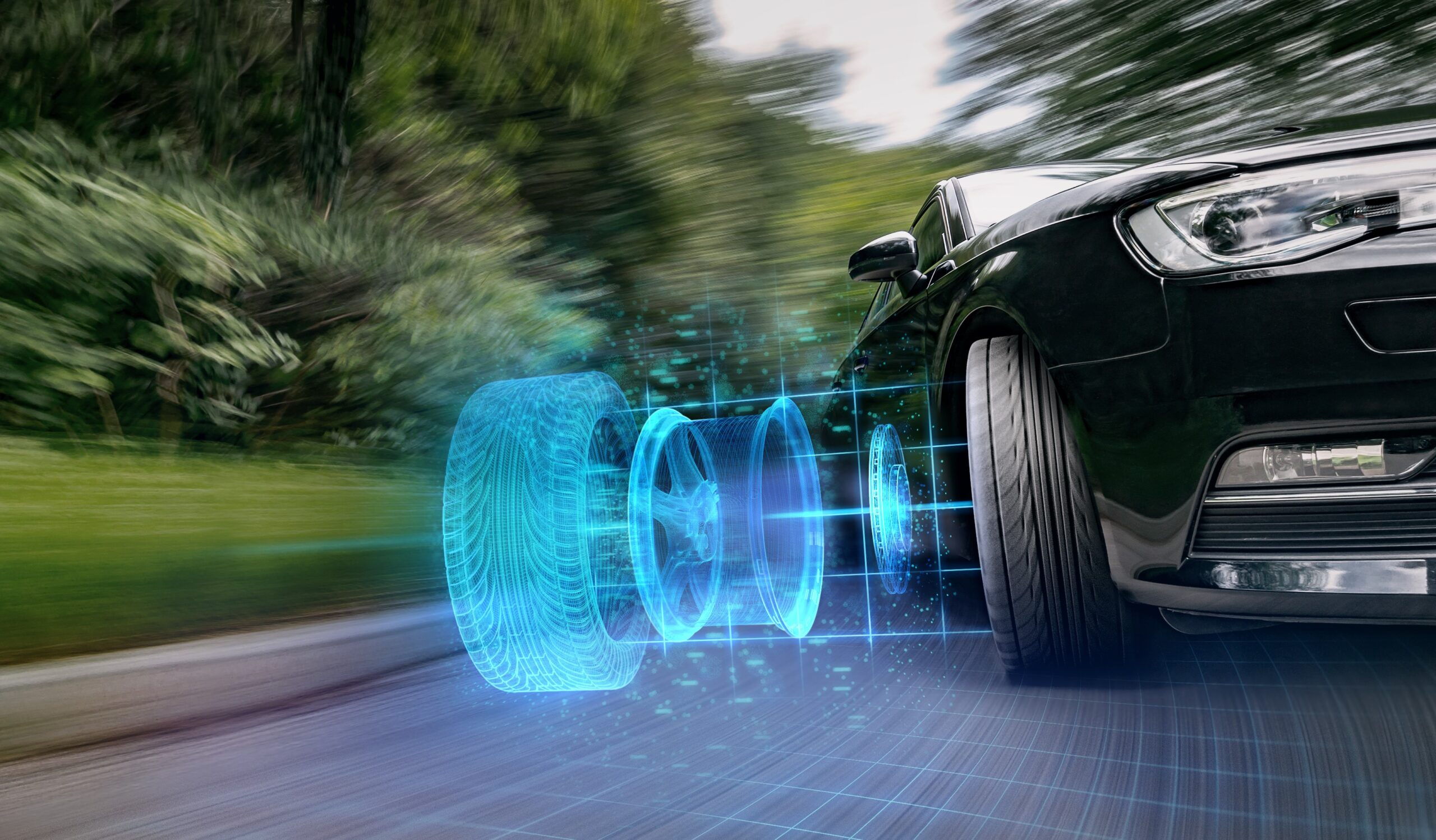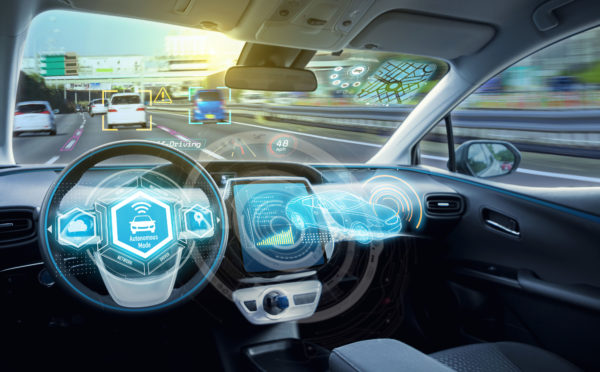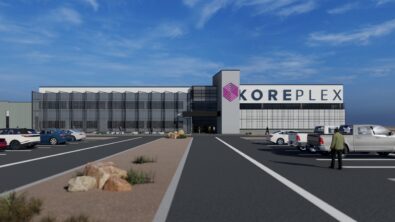Integrate product definitions for MBSE

Model-based systems engineering (MBSE) is not new, it has been adopted by automotive manufacturers and aerospace companies for decades at this point. It’s predecessor – systems engineering (SE) – has been around even longer for the management of large and complex systems like metropolitan infrastructure or large-scale processing facilities. This age is not a detriment however, many systems engineers view their field more as a guiding set of principles than a technology solution. The toolbox for a systems engineer has been honed for complex and highly integrated processes to attain the product’s requirements.

The car of tomorrow, whether it is an electric vehicle (EV), an autonomous vehicle (AV) or some combination of the two will be a complex system of systems. The system of the car is a collection of smaller sub-systems for traction control, battery management, autonomous control and many more depending of the vehicle. The car may also be a part of a larger system, an integrated transportation network – an autonomous fleet could be used as last-mile transportation in public infrastructure.
Integrating an MBSE approach does not only offer benefits to the most complicated systems, it can streamline simpler workflows as well. This is evident it todays vehicles, some already refer to today’s automobiles as computers on wheels – containing far more processing power than what took astronauts to the moon. Granted that is not a high bar today, it does mean there is a growing reliance on electronics and software in vehicles. Software and electronics are new challenges for an industry founded on mechanical design – they are a new architecture that needs mastering.
A similar transition was made in aerospace as well, many of the systems once controlled by mechanical means – often hydraulics – are now being handled by electronics. MBSE practices were used to ensure the product definitions are met throughout development. In some cases this means rigorous virtual testing of the system, other times it could come from in-use vehicles sending back system information. By combining these capabilities with electronic systems, a very prominent auto company has been able to push functionality to cars over the air instead of requiring parts upgrades or even a trip to the shop.
The applications of software and systems engineering are great, and will enhance the safety, security and reliability of vehicles as they become more complex computerized machines. For more information on how MBSE is being integrating into vehicle development, CIMdata’s brief on complex product definitions is a great starting point for learning about model-based systems engineering.
Siemens Digital Industries Software is driving transformation to enable a digital enterprise where engineering, manufacturing and electronics design meet tomorrow.
Xcelerator, the comprehensive and integrated portfolio of software and services from Siemens Digital Industries Software, helps companies of all sizes create and leverage a comprehensive digital twin that provides organizations with new insights, opportunities and levels of automation to drive innovation.
For more information on Siemens Digital Industries Software products and services, visit siemens.com/software or follow us on LinkedIn, Twitter, Facebook and Instagram.
Siemens Digital Industries Software – Where today meets tomorrow.


